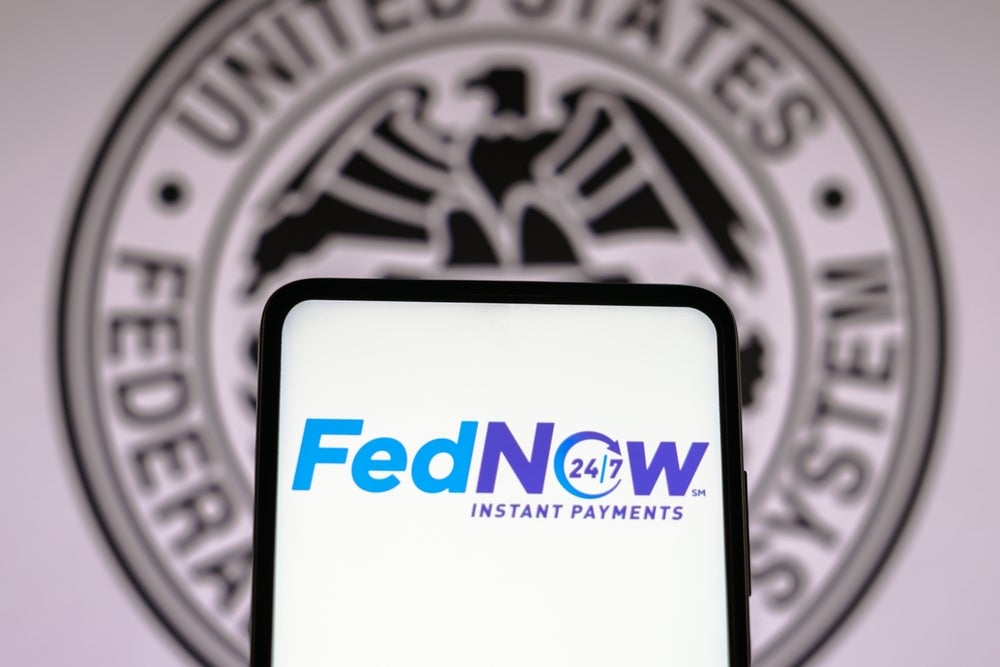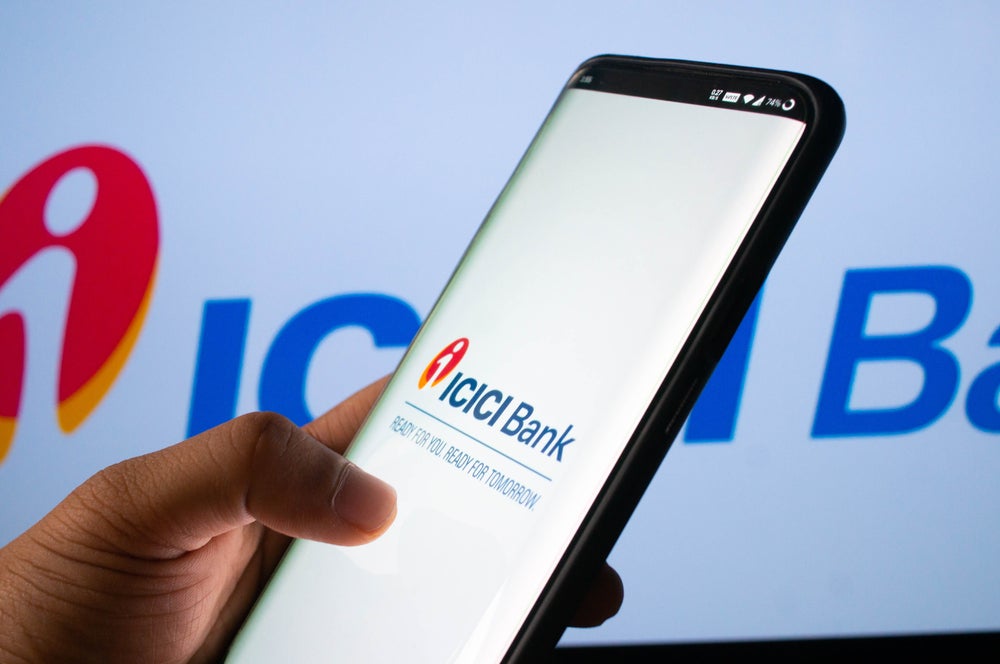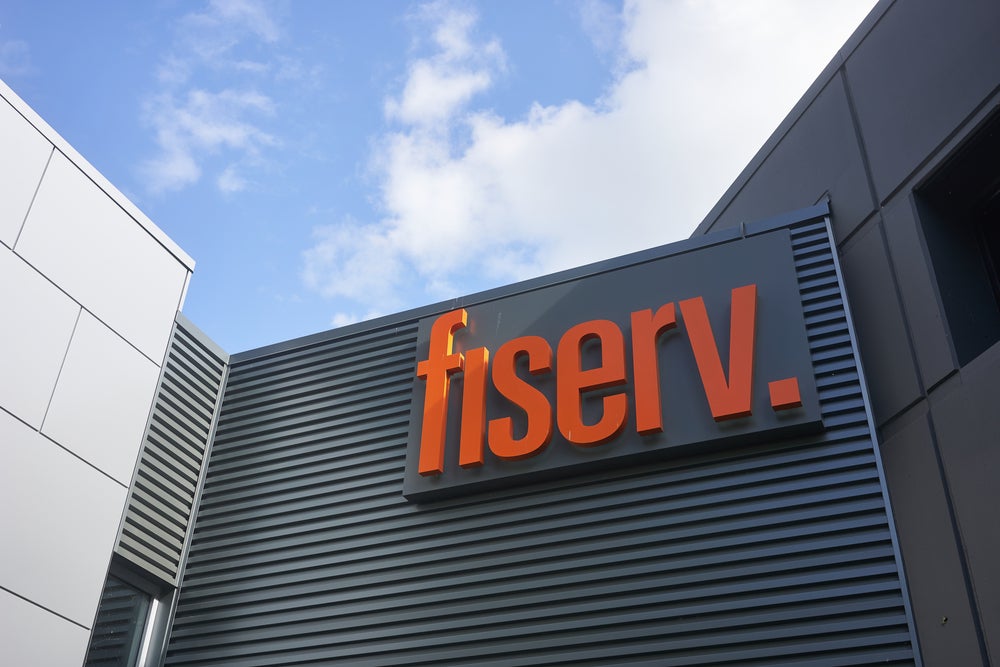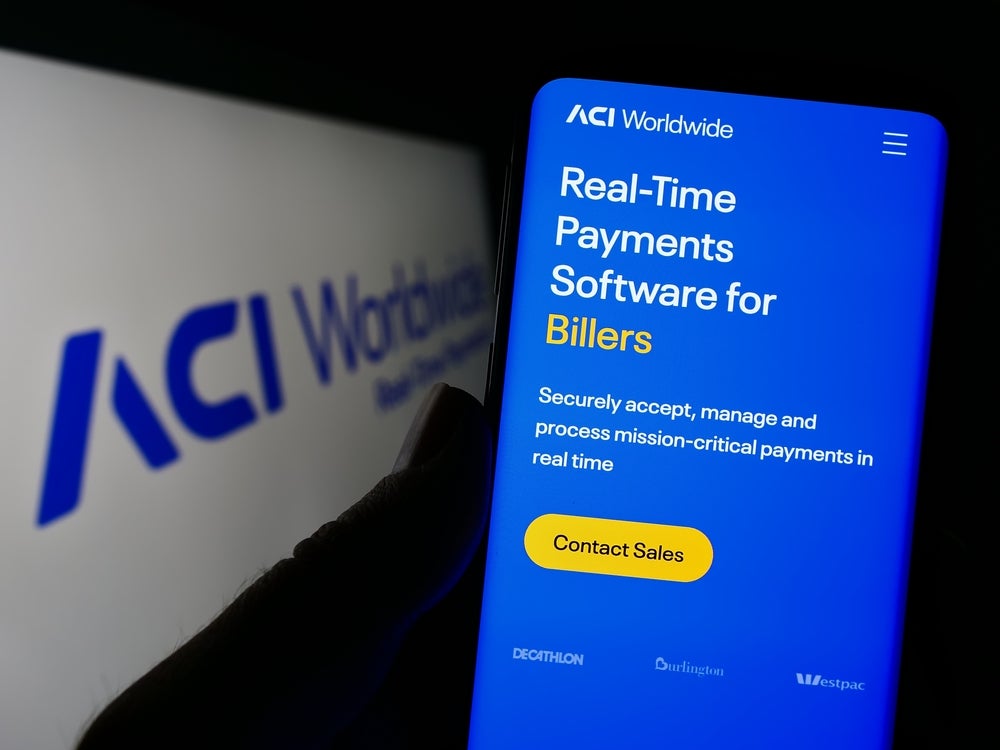As major players in the US mobile phone-based
contactless payments arena search for common ground, Bling Nation
has seized the opportunity to launch a solution aimed at community
banks. Robin Arnfield takes
a close look at the opportunities and challenges that confront the
start-up company.
There is widespread agreement among
payments industry experts that the mobile phone provides the
optimum delivery platform for contactless payments. However, with
the exception of Japan – where mobile network operator DoCoMo’s
osaifu keitei (wallet phone) service has attracted some 33 million
users – contactless solutions utilising phones equipped with
near-field communications (NFC) technology are, by and large,
limited to pilot projects.
“In Japan, DoCoMo’s position as the dominant
[mobile] network has enabled it to push the technology
aggressively,” said Steve Brunswick, strategy manager for the
information systems security unit of French electronics group
Thales.
In most Western countries, Brunswick
continued, the major obstacle to widespread adoption of mobile
phone-based payments is the competing objectives of the major role
players: banks, mobile network operators (MNOs) and phone
manufacturers.
It against this background of fragmented
interests that US start-up mobile payments technology vendor Bling
Nation has begun carving a niche for itself in the mobile NFC
payments arena in small-town America.
How well do you really know your competitors?
Access the most comprehensive Company Profiles on the market, powered by GlobalData. Save hours of research. Gain competitive edge.

Thank you!
Your download email will arrive shortly
Not ready to buy yet? Download a free sample
We are confident about the unique quality of our Company Profiles. However, we want you to make the most beneficial decision for your business, so we offer a free sample that you can download by submitting the below form
By GlobalDataBased in Palo Alto, California, Bling’s
business strategy is to offer a community payment service involving
contactless NFC stickers attached to mobile phones. This solution
enables community banks to bypass Visa and MasterCard debit card
networks.
Core to Bling’s strategy is to get small local
banks to sign up local merchants such as fast-food outlets, cinemas
or dry-cleaners to take its standalone contactless readers, known
as Blingers.
Banks also issue BlingTag contactless stickers
to customers who sign up for the service, paying them reward points
for each Bling transaction.
Unique approach
“Bling’s approach of creating
community-based local payment networks in small towns is unique,”
explained Carole Coye Benson, a consultant with US payments
consultancy Glenbrook Partners.
“Bling is finding that the operational
management of [its system] is pretty straightforward – and,
significantly, that the processors which are serving many of its
target banks are willing and able partners,” Coye Benson added.
“The reason for Bling Nation was that we
wanted a name with a connotation of money, value and fun, but
without the word pay,’’ Bling Nation co-CEO and co-founder Wences
Casares explained to EPI.
“Most m-payment firms include ‘pay’ in their
name, which makes branding difficult.”
Consumers have to call their bank and activate
their BlingTag stickers in the same way they activate a debit
card.
“The sticker gets associated with their cheque
account, and acts as a more secure alternative to using a debit
card,” Casares said.
“Unlike a card-based transaction, no customer
information is shared with the merchant during a Bling
payment.”
To make a purchase at a Bling-accepting
merchant, the customer taps their Bling-enabled mobile phone
against the Blinger. The customer gets a real-time short message
service (SMS) text message confirming the transaction and stating
how much money is left in their bank account and what their Bling
reward balance is.
Most Bling transactions do not require a PIN
to be entered on the mobile phone.
“The bank sets the security parameters,”
Casares said. “It can stipulate that, the first time a customer
uses Bling at a particular merchant, they have to enter their PIN.
Or the bank can set a Bling transaction value floor limit, above
which PINs have to be entered.”
Founded in 2007, Bling has amassed $28 million
in funding from US venture capital firms such as Lightspeed Venture
Partners and Meck, as well as $5 million in seed money from its
founders.
Strong track record
“Casares is a known commodity in the VC
[venture capital] community,” Ali Raza, executive vice-president at
US consultancy Speer & Associates, told EPI. “He has a strong
track record in the businesses he founded in his native Latin
America.”
In May 2009, Bling launched a commercial
rollout of its service with The State Bank in La Junta, Colorado, a
town of 8,000 inhabitants. In November, Bling announced a second
Colorado community bank, Park State Bank & Trust, had
introduced its service in Woodland Park, Colorado.
Headquartered in La Junta, The State Bank has
three branches in Colorado, while Park State Bank has just two
branches.
For both banks, the attraction of Bling’s
service was the ability to offer customers and merchants a low-cost
alternative to debit cards, and, by offering customer rewards, to
help keep shopping local.
The State Bank markets its Bling service and
accompanying rewards programme to its 5,000 customers as Redi Pay
Bling. Casares noted that, as of December 2009, The State Bank was
seeing 50 percent consumer adoption and 70 percent merchant
adoption for Redi Pay Bling.
“In the first 90 days after launching the
service, we won 23 new business accounts as a result of offering
m-payments, twice as many as we had won in the two previous years,”
said Brad Rose, The State Bank’s vice-president of IT and Security,
in a statement.
Redi Pay Bling transaction volume represented
20 percent of The State Bank’s local debit transaction volume as at
September 2009. According to Rose, merchants who have enrolled in
Redi Pay Bling are seeing higher BlingTag transaction volumes than
debit card transactions.
“In La Junta and Woodland Park, the people
using Bling include quite a few consumers over the age of 45 who
used to write a lot of cheques before adopting Bling,” Casares
said.
“They like the convenience of Bling, of not
having to reach into their wallet for a card or cheque book. Also,
they like the transaction confirmation and account balance that
Bling sends via SMS.
“With a debit card transaction, they don’t
know how much is left in their bank account.”
Bling’s strategy has drawn a strongly positive
reaction from Ellen Carney, a senior analyst with research firm
Forrester Research.
Writing in Hot Banking Tech Companies To Watch
In 2010, published in December 2009, she enthused: “Bling Nation
enables community banks to go head-to-head with banking’s big guns,
thanks to a new bank service: contactless payments.”
Carney continued: “Bling’s Community Payments
Service is a closed-loop payment network, meaning the bank and
local merchant can bypass global payment processors like Visa and
MasterCard.
Fewer processors in the payments supply chain
also means banks and merchants can claim a bigger chunk of the
transaction value.”
Some reservations
Taking a more measured view of
Bling’s prospects than Carney is Speer & Associates’ Raza.
“It is interesting that Bling opted for small
towns rather than tech-savvy cities such as Seattle,” Raza told
EPI. “Clearly, as a result of its rollout, Bling has identified a
consumer niche which is willing to use its technology, which is a
good sign.”
With the exception of PayPal, Raza continued,
the problem is US alternative payments service suppliers have a
hard time being really successful due to Visa and MasterCard’s
entrenched payments infrastructure.
“The common factor with all alternative
payments firms is their claim that they can reduce merchants’
costs, and they can have a limited amount of success with this,”
said Raza.
“But it will be hard for them to move from
being niche players to mass-market adoption.”
Also, for a contactless payments company such
as Bling Nation, the issue will be: who will pay for the
contactless readers?
“When US banks such as Chase started rolling
out contactless Visa and MasterCard cards, they quickly realised
merchants are not keen to pay for contactless readers,” Raza
said.
“It would be easier for Bling Nation to offer
its service in an emerging market such as Latin America, where the
payments infrastructure is not already entrenched.”







